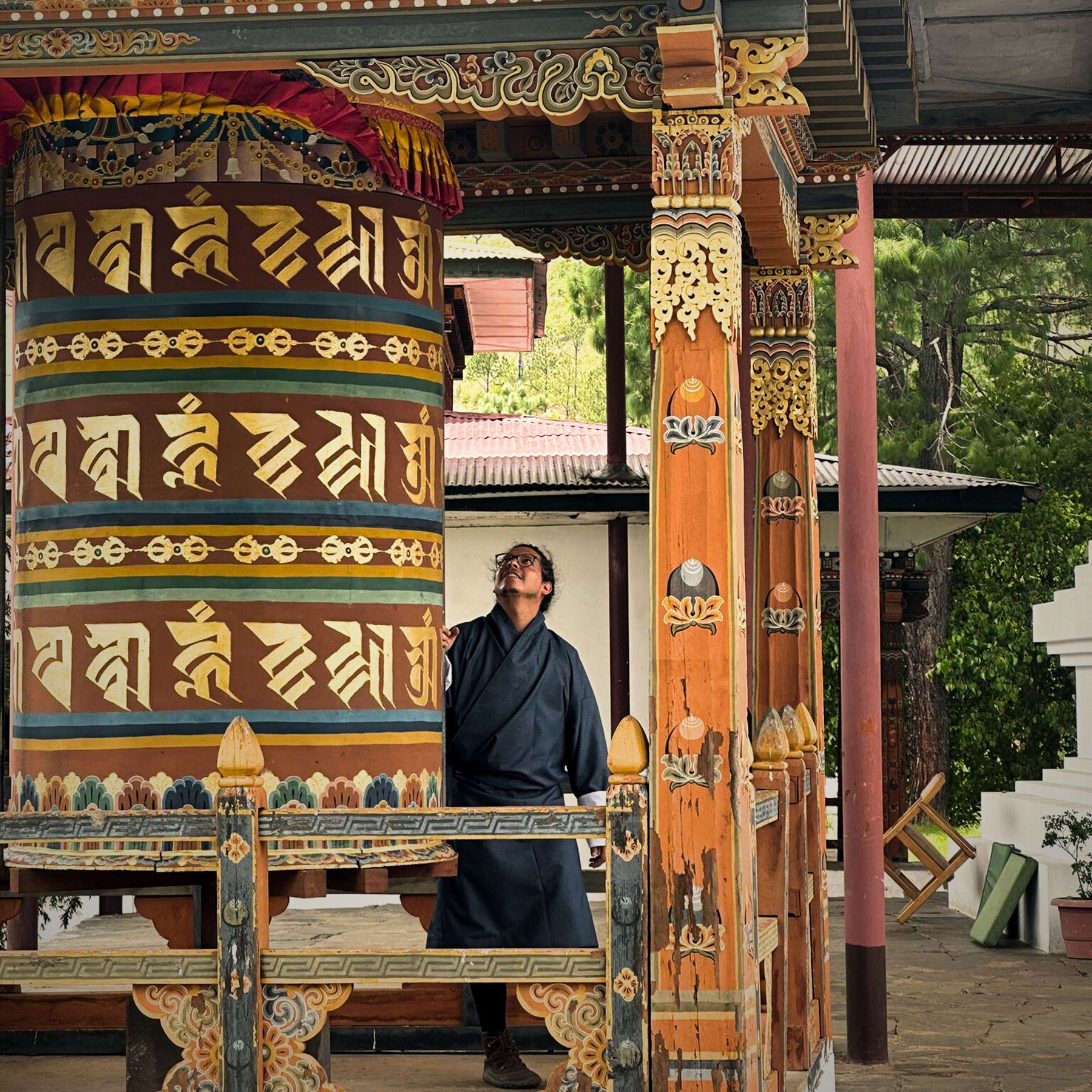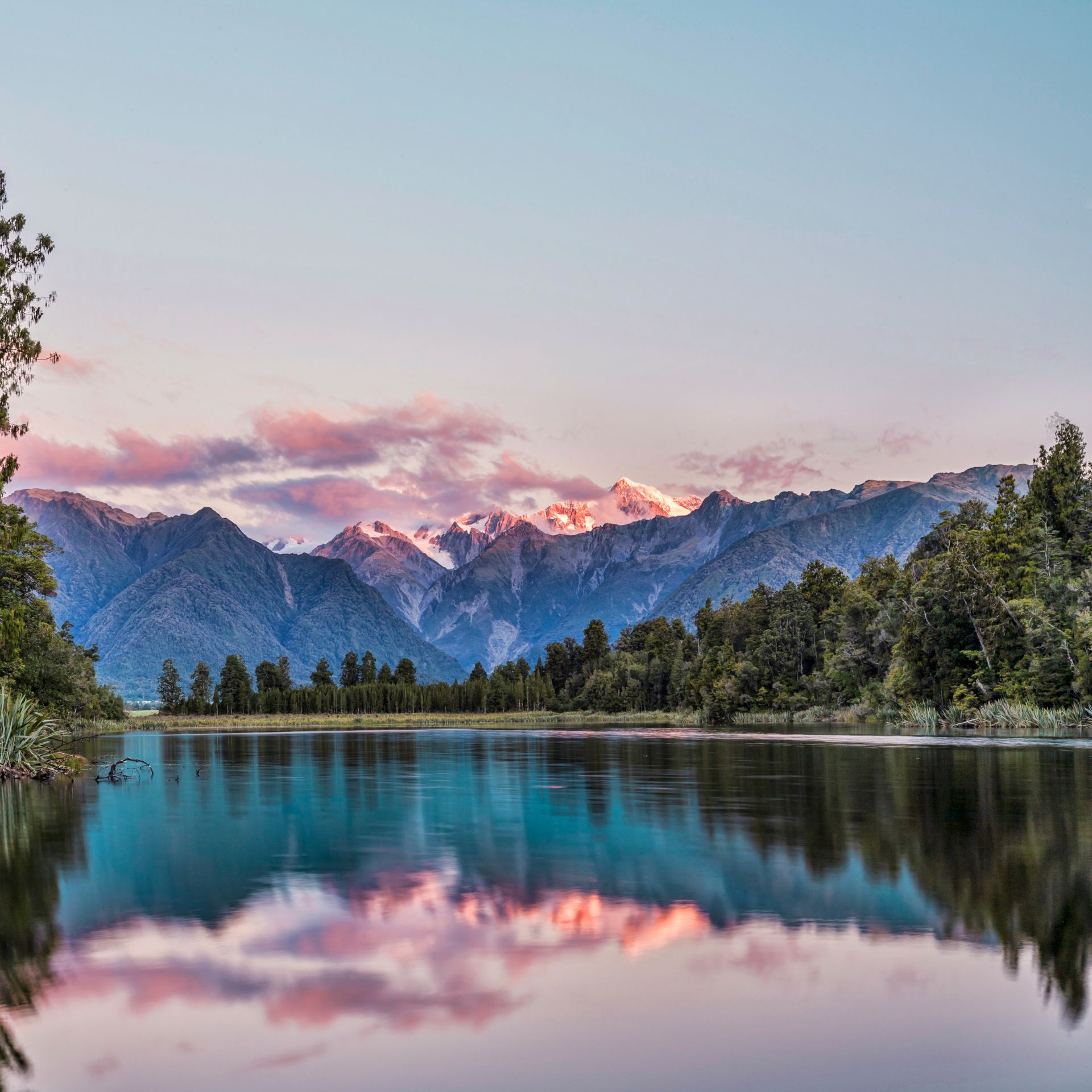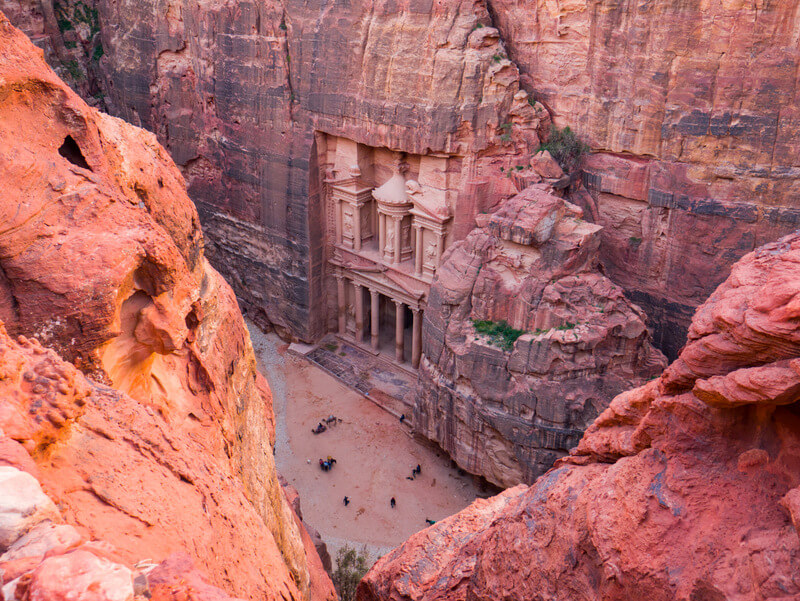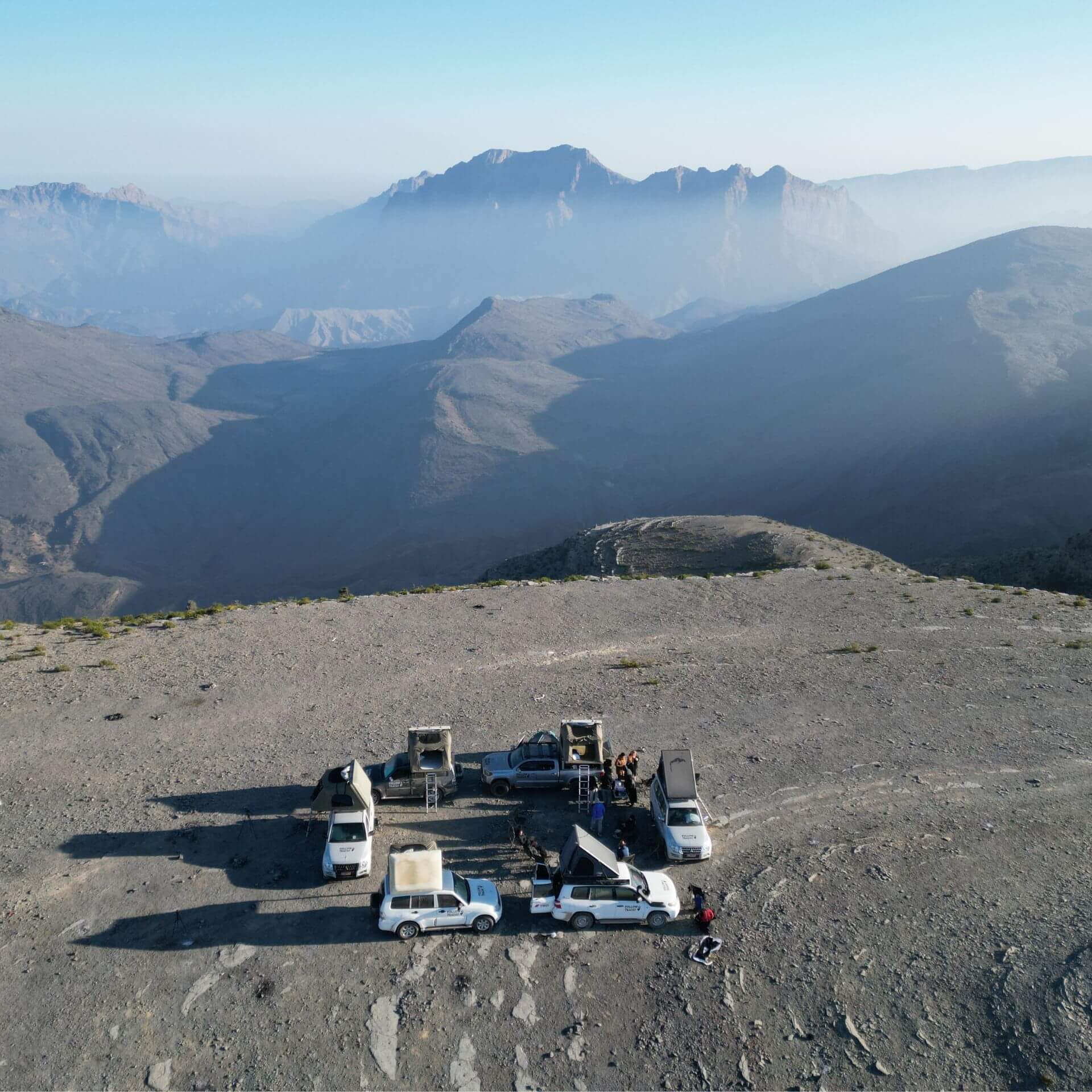Find out exactly how Bhutan’s daily sustainable development fee of 100 USD supports conservation, culture and communities
Bhutan has built its tourism model around the idea of “High Value, Low Volume.” Rather than chasing mass tourism, the country welcomes fewer visitors but ensures that each one plays a part in supporting its long-term wellbeing. The Sustainable Development Fee (SDF) is at the heart of this vision.
The SDF is a daily contribution that international visitors pay for every night they stay in Bhutan. It was first introduced as part of Bhutan’s minimum daily package system, but today it stands as a separate and transparent fee — a direct investment into the nation’s environment, education, culture, and healthcare.
Currently, the Sustainable Development Fee is set at USD 100 per person per night, and this reduced rate will remain in place until August 2027. Children between the ages of six and twelve pay half of that amount, while those under six are exempt. The government made this adjustment after the COVID-19 pandemic to encourage longer and more flexible stays while keeping Bhutan’s conservation principles intact.
The funds collected through this fee go directly toward national projects — from maintaining pristine forests and clean rivers to supporting schools and hospitals in remote areas. In short, your payment doesn’t disappear into the system; it actively sustains the places and people that make Bhutan special.

Key Facts for Travelers
- Current SDF amount: USD 100 per person per night (valid until 31 August 2027).
- Children & concessions: Children aged 6–12 pay 50% of the SDF; those under 6 are exempt.
- Regional visitors: Indian nationals pay a reduced fee — around Nu 1200 per night (≈ USD 15).
- What the fee covers: The SDF does not include meals, hotels, guides, transport, or flights.
- How it’s paid: Usually collected by your tour operator, travel agency, or licensed local provider.
How the Fee Shapes a Better Travel Experience
At first glance, USD 100 a day might sound expensive. But once you understand what it achieves, the value becomes clear. Bhutan is the only carbon-negative country in the world, meaning it absorbs more carbon dioxide than it produces. This is no small feat — and the SDF helps make it possible.
The fee allows Bhutan to protect more than 70% of its land under forest cover, preserve wildlife corridors, and fund local conservation projects that keep its ecosystems healthy. It also supports cultural preservation, ensuring that ancient festivals, crafts, and monasteries continue to thrive without being overrun by mass tourism.
For travelers, this translates into an experience that feels rare and meaningful. You’ll find quiet mountain paths instead of crowded viewpoints, authentic homestays rather than commercial resorts, and a genuine connection to a culture that still feels untouched by global tourism.
Read more: Visit the country where you need to sign a pledge that you will protect nature
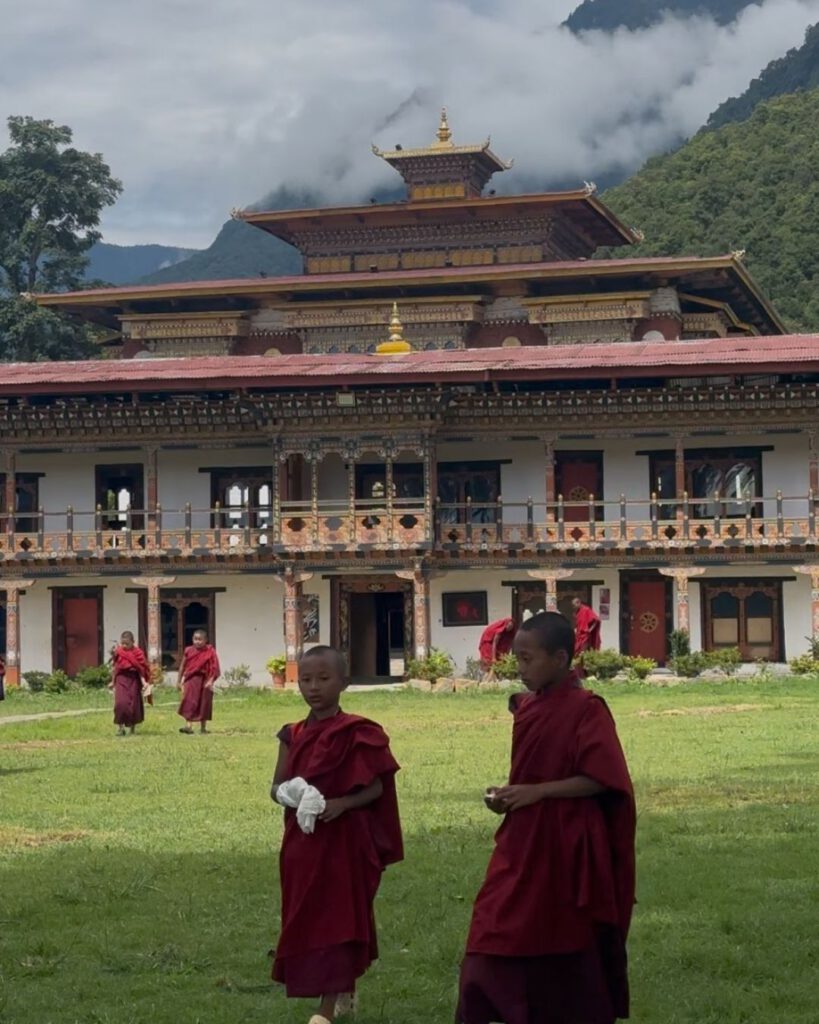
Independent Travelers and the SDF
For decades, Bhutan’s tourism was tightly controlled through pre-arranged group tours and fixed itineraries. Today, the experience is far more flexible. Independent travelers are now free to plan their own journeys, choose their hotels, and explore the country at their own pace — as long as they pay the SDF and comply with the country’s sustainable tourism rules.
You can now visit Bhutan independently or with a private guide, book local guesthouses instead of luxury hotels, and design an itinerary that fits your interests. The key difference is that the SDF replaces the old mandatory package price, creating transparency and choice.
Many visitors use local tour operators to simplify logistics such as transport and permits. However, you can also manage the process yourself — paying the SDF directly through Bhutan’s official tourism portal when applying for your visa.
Keep in mind
- The SDF applies to everyone — solo, group, or guided.
- Independent travelers can now choose their own hotels, guides, and routes (within licensed frameworks).
- The old “minimum daily package” system is gone, replaced by a transparent fee model.
- Budget travelers should plan for additional expenses such as guides, meals, and transport.
- Discounts or free nights are sometimes offered after paying the SDF for a certain number of days, rewarding longer, slower travel.

Why the Fee Benefits Bhutan — and You
Every traveler who enters Bhutan contributes directly to its wellbeing. The SDF helps maintain the country’s exceptional forest cover and funds reforestation and clean energy programs. It also plays a major role in keeping Bhutan’s cities and villages clean, funding waste management and environmental education initiatives that keep plastic and pollution to a minimum.
In addition to nature, the fee supports people. Funds are used for public healthcare, education, and community projects in rural regions, ensuring that local residents benefit from tourism in a fair and sustainable way. It’s one of the few examples in the world where tourism revenue directly improves the lives of citizens.
This structure also prevents over-tourism. By setting a reasonable fee, Bhutan limits visitor numbers while maintaining an atmosphere of serenity. For travelers, that means fewer crowds, more personal encounters, and a chance to experience the real rhythm of life in the Himalayas.
Read more: Exploring the Punakha Valley with &Beyond
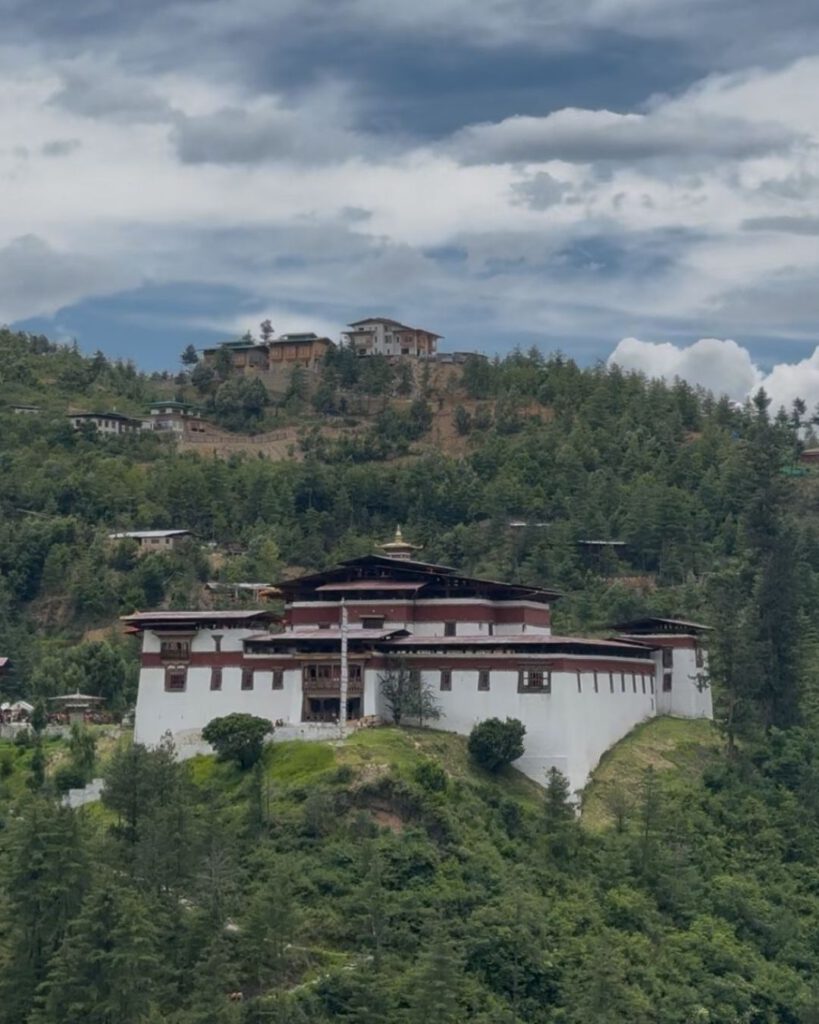
How the SDF Aligns with Bhutan’s Values
Bhutan’s approach to development is measured not by economic growth but by Gross National Happiness — a philosophy that balances material progress with spiritual and environmental well-being. The Sustainable Development Fee reflects this balance.
It encourages mindful travel. Visitors are more likely to stay longer, explore slowly, and form connections with local communities. It also ensures that Bhutan’s natural wealth — from the Black Mountains to the Phobjikha Valley — is not sacrificed for short-term gain.
By contributing to the SDF, travelers become part of this larger vision. It’s not just a fee, but an invitation to take part in one of the world’s most forward-thinking models of sustainable tourism.
Bhutan’s environmental fee may seem unusual compared to most destinations, but it represents one of the most transparent and effective tourism systems in the world. Every dollar contributes to protecting forests, supporting villages, and preserving traditions that might otherwise fade away.
For independent travelers, the current structure provides more flexibility than ever before — without compromising the country’s principles of sustainability. You can explore freely, knowing your journey has a positive impact.
In a world where tourism often takes more than it gives, Bhutan stands out as a reminder that travel can still be a force for good.

